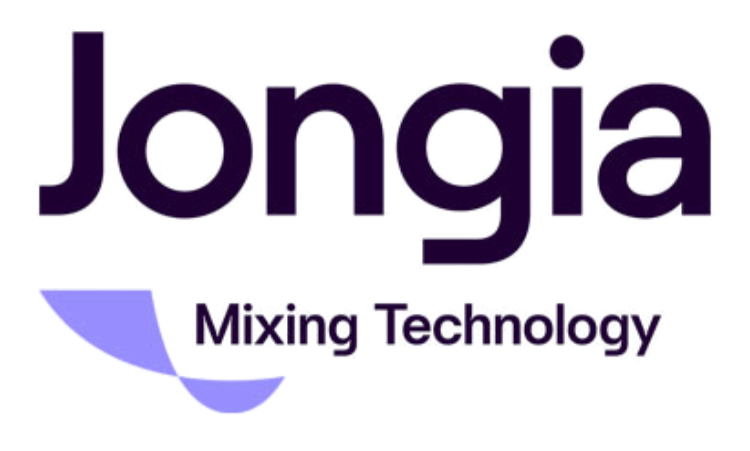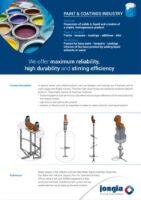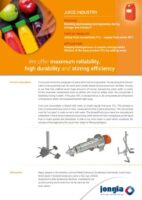
Bio-economie & Milieutechnologie
Agitators, mixers and mixing elements for Biogas Industry
Tanks met kleine, medium of grote capaciteit die in de hernieuwbare energie-industrie worden gebruikt, zoals voor vergisters, vereisen op maat gemaakte roerwerken om te mengen, de inhoud homogeen te houden, zwevende lagen/schuim te voorkomen en het neerslaan van vaste stoffen te minimaliseren. Jongia biedt klanten in de biogas-, afvalwater- en hernieuwbare energiesector de beste mengoplossingen: maximale prestaties bij een minimale TCO (Total Cost of Ownership).
Jongia’s mengapparatuur is bij uitstek geschikt voor gebruik in toepassingen in de sector van hernieuwbare energie.
What is biogas?
Biogas is a renewable source of energy produced by the breakdown of biological material like food scraps and manure. This process produces methane gas, which can be burned directly to produce heat or power.
The amount of biogas generated around the world is growing rapidly. In 2017, global production reached a record high of about 545 million tons. By 2040, the International Energy Agency (IEA) projects that annual production could reach 2 billion tons, representing a rise of over 50% since 2010.
Biogas is produced after plants and animals break down organic matter in an oxygen-free atmosphere, a process called an aerobic digestion. This happens naturally, but it can also happen in manmade environments such as wastewater treatment facilities and food waste composting operations.
Anaerobic digestion takes place under conditions of low oxygen—a different form of fermentation. Anaerobic digestion produces biogas, which is composed primarily of methane gas, along with smaller quantities of carbon dioxide and hydrogen sulfide. In addition, anaerobic digestion generates a liquid effluent known as digestate, which is rich in nutrients and organic compounds that can be recycled as fertilizer.
The term “biogas” refers specifically to the gaseous portion of the product stream generated during anaerobic digestion, although the terms “digestate” and “biosolids” are often used interchangeably.
What can biogas be used for?
Biogas is a renewable energy source derived from waste products such as manure, sewage sludge, agricultural residues and food processing wastes. Biogas can be converted into electricity, heat, liquid fuels or fertiliser.
The global market for biogas is expected to grow steadily over the next decade, reaching $32 billion by 2023. This growth is driven mainly by increasing demand for clean energy sources and the growing awareness about the environmental impacts of fossil fuels.
However, there are still some challenges to overcome. For example, biogas production requires large land areas, and many countries do not have enough space for landfills. Also, the technology required to produce biogas is expensive and needs considerable investment.
Toepassingen
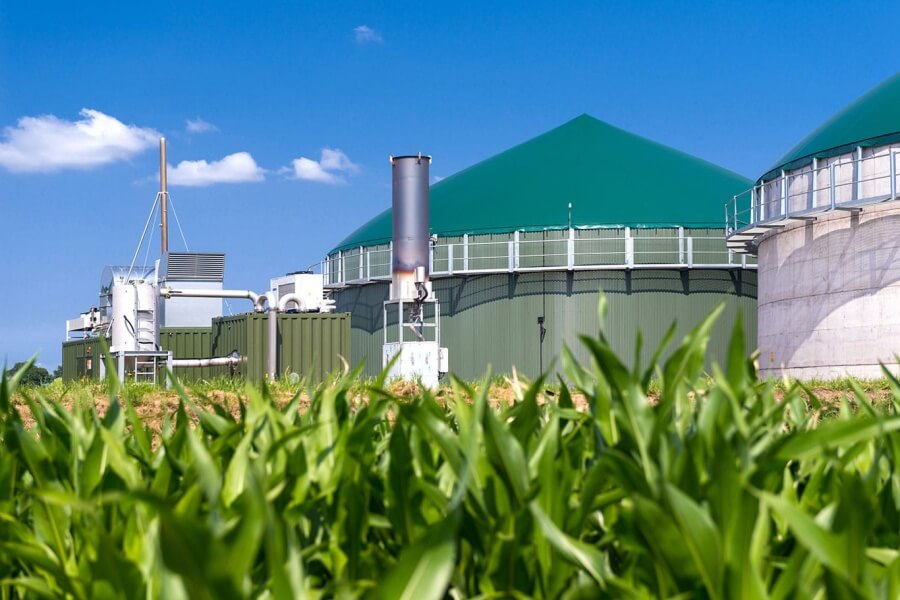
Biogas
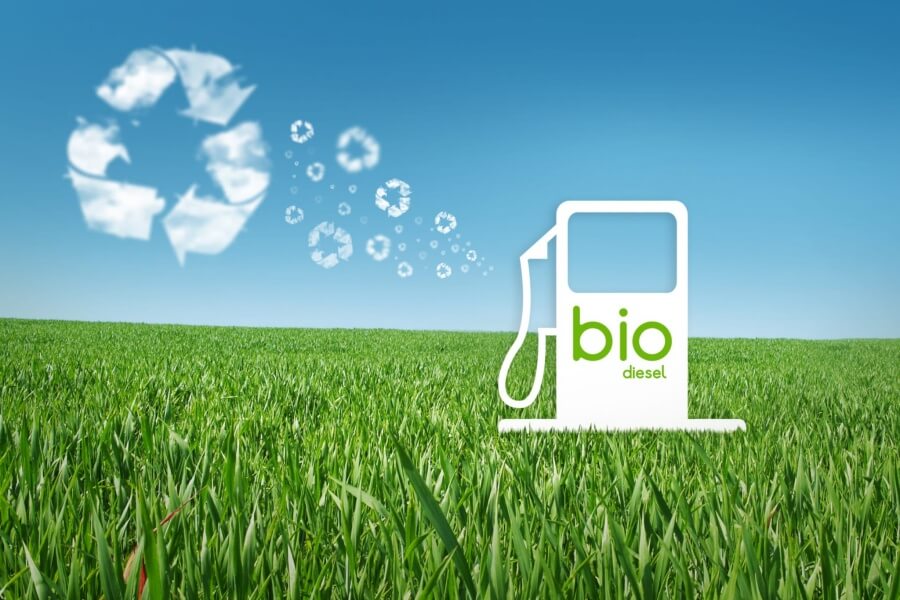
Biodiesel
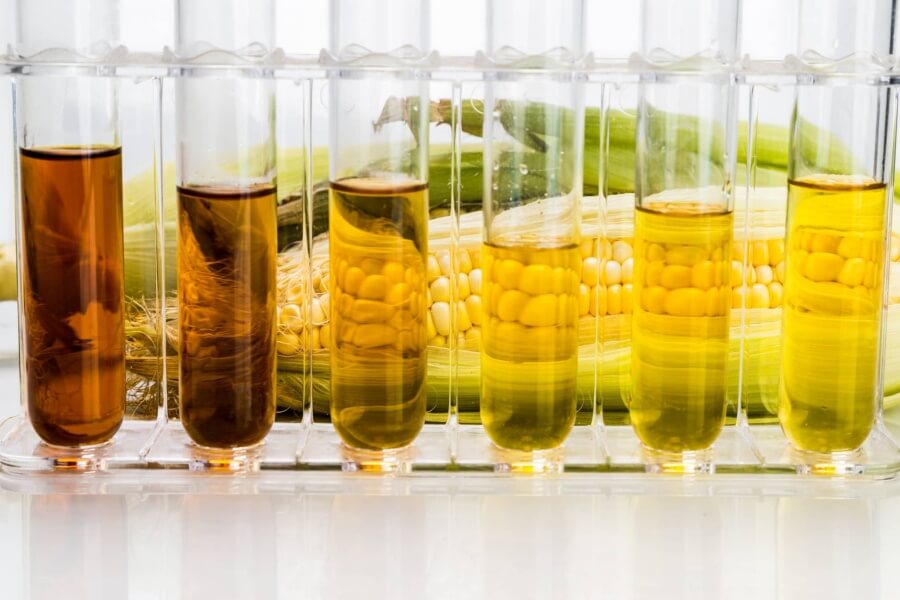
Bio-ethanol

Gegoten vezels
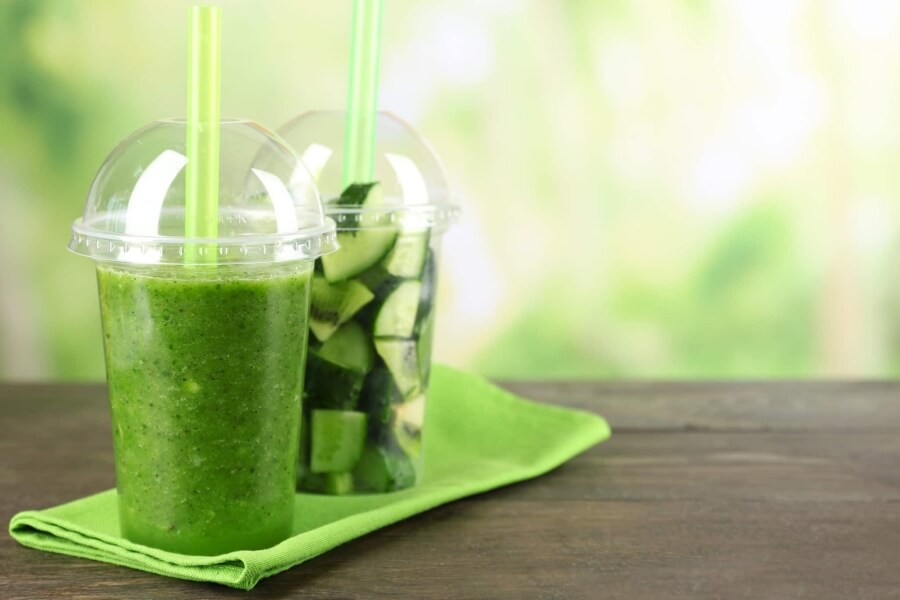
Biopolymeren
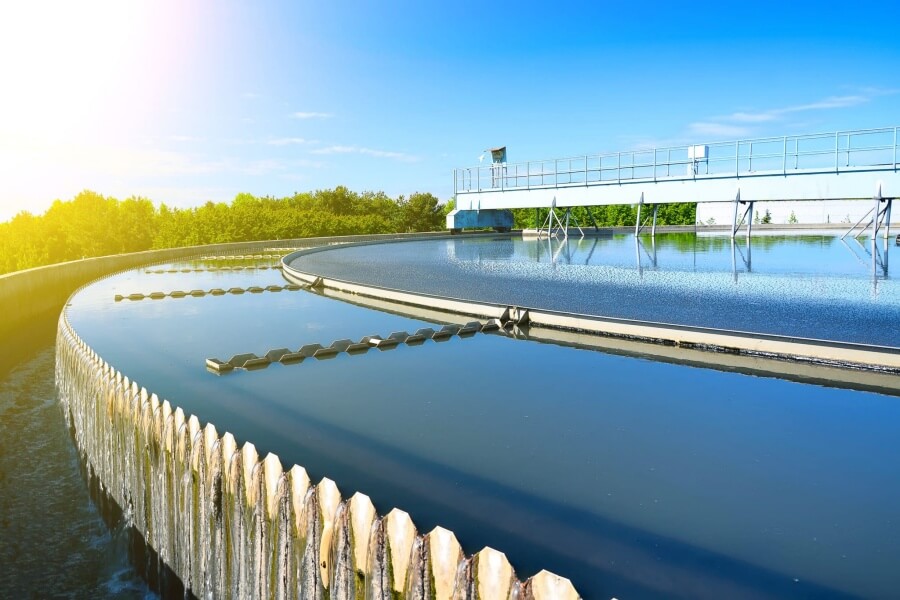
Afvalwaterbehandeling

Wij streven naar maximale prestaties bij een minimale TCO

Top-entry roerwerken voor vergisterprocessen zijn uitgerust met een uniek restroerder-concept dat de afzetting van vaste stoffen tot een absoluut minimum beperkt en meer biogas genereert in vergelijking met de oplossing van andere leveranciers.
Voor side-entry roerwerken zijn we erin geslaagd om een robuuste en betrouwbare drievoudige afdichting te ontwerpen om productverlies en vervuiling van de omgeving te voorkomen.
Bovendien zijn onze ervaren procesingenieurs experts in het maken van rapporten van kenmerken van productmonsters (bijvoorbeeld slib/digestaat), of verstrekken ze CFD-analyses, geleverd door een onafhankelijk adviesbureau.
Ook bieden wij procesgaranties, die door uzelf of via een onafhankelijk adviesbureau dat u kiest, kunnen worden gevalideerd!
Biogas Industry Contacts
Contact ons gespecialiseerde team voor al uw vragen

Bart Brouwer
Area Sales Manager
Area Worldwide

Jan Siert Tjeerdsma
Project Manager
Technical Specialist
Bio-economie & Milieutechnoligie – Gerlateerde Artikelen

Kunstmatige intelligentie en machinaal leren schuiven op naar mengtechnologie
In het steeds veranderende landschap van industriële technologie maken kunstmatige intelligentie (AI) en machinaal leren (ML) grote vooruitgang in verschillende sectoren, waaronder mengtechnologie. Jongia Mixing Technology loopt voorop in deze revolutie en integreert geavanceerde sensortechnologie met geavanceerde gegevenswetenschap om mengprocessen
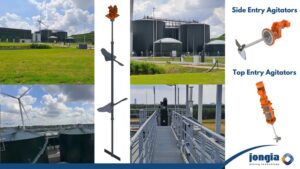
Jongia Mixing Technology’s biogasproductie programma
Biogasproductie optimaliseren met Jongia’s innovatieve technologie Jongia loopt voorop in het verbeteren van de biogasproductie met zijn geavanceerde mengoplossingen. In de biogasindustrie is effectief mengen de sleutel tot het maximaliseren van de energieproductie, het minimaliseren van het energieverbruik en het
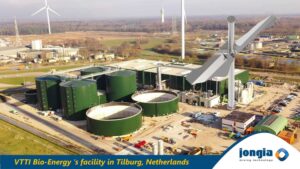
VVTI Biogas Tilburg
VTTI Biogas Tilburg ontwikkelt een nieuwe bio-energie faciliteit, gericht op de verwerking van organisch afval. De fabriek zal naar verwachting jaarlijks ongeveer 23 miljoen kubieke meter biogas produceren. Een deel hiervan zal worden omgezet in groen gas voor het Nederlandse
Biogas and biomass: the similarities and differences
Biomass and biogase are both biofuels. They can be burned to produce energy. However, biomass is the solid, organically matter. Biomass has been around for thousands of years, since our ancestors first found ways to use plant materials such as wood, straw and manure to make fires. As technology improved, people learnt how to cook food without relying on fire and developed new methods of processing grain into flour. These processes turned out to be useful for making bread, biscuits, cakes and porridge. In fact, the word “bread” derives from the Latin word panis meaning “flour”.
Today, many power stations run on burning a biomass of compressed wooden pellets – a by-product of forestry and furniture production. This type of fuel is called “biomass”, while the process of turning it into energy is known as “bioenergy”. Bioenergy is one of the fastest growing forms of renewable energy.
The main difference between biomass and biogas is that biomass is the starting material and biogas the final product. When you burn something like wood, the resulting heat turns water into steam. Steam powers turbines which generate electricity. Biogas is similar to natural gas, except that it contains less carbon dioxide. Natural gas is mainly methane, but there is some ethane and propane mixed in too.
Biogas can come from a variety of sources including sewage treatment works, landfill sites, cattle farms and even human waste.
The Benefits of Biogas
Biogas is the most abundant form of energy on Earth. In fact, it exists everywhere there are organic materials such as food scraps, manure, and plant material. This includes the human body. A person produces about 30 pounds of solid waste every day. If you consider that each pound of solid waste contains roughly 2 gallons of liquid, we could say that people produce enough fuel to run a car for almost three months straight.
Now imagine storing that fuel in a way that makes it useful. Imagine turning our solid waste into something that powers our homes, businesses, and even cars. You might think that this sounds like science fiction, but it isn’t. There are already communities across America that do just that.
Most biogas production facilities use anaerobic digestion, which breaks down organic matter without oxygen. Anaerobic digesters work well with organic wastes because they don’t require airtight containers. They simply allow the organic materials to decay naturally under controlled conditions. Byproducts include biogas, heat, water vapor, and fertilizer.
While many people associate biogas with livestock farms, it can also come from municipal wastewater treatment plants. Wastewater treatment plants generate biogas during the process of treating sewage. These biogas systems capture the methane that escapes while the organic solids settle out of the treated effluent.
A variety of technologies exist to convert biogas into electricity, including engines, turbines, compressors, generators, microturbines, and fuel cells. Most of these technologies operate similarly, converting biogas directly into electricity. However, some devices also utilize the biogas as a heating medium, producing steam or hot water.
In addition to capturing biogas, another benefit of anaerobic digestion is that it doesn’t release harmful gases into the environment. Methane is one of the main components of biogas. When burned, methane releases carbon dioxide, a potent greenhouse gas. But when captured and converted into electricity, methane is completely harmless.
As mentioned earlier, biogas can be used to power everything from homes to factories to automobiles. Because it is generated from organic waste, biogas is considered a renewable resource. Unlike wind and solar, biogas does not depend on weather patterns. Instead, biogas can always be relied upon to supply consistent amounts of energy.
